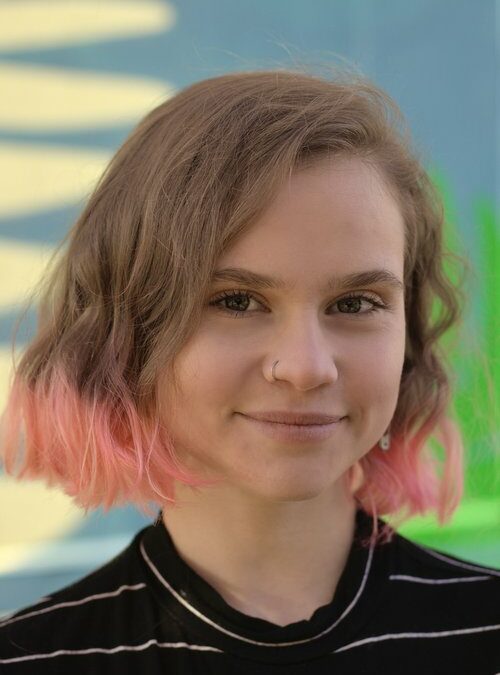
by Michele Kirichanskaya | Dec 18, 2024 | Blog
Sydney Langford (they/them) is a queer, Deaf-Hard of Hearing, and physically disabled author who resides in Portland, Oregon. Their biggest passion in life is creating stories that reflect the diverse world we live in—whether that be rom-coms about quirky, disabled...
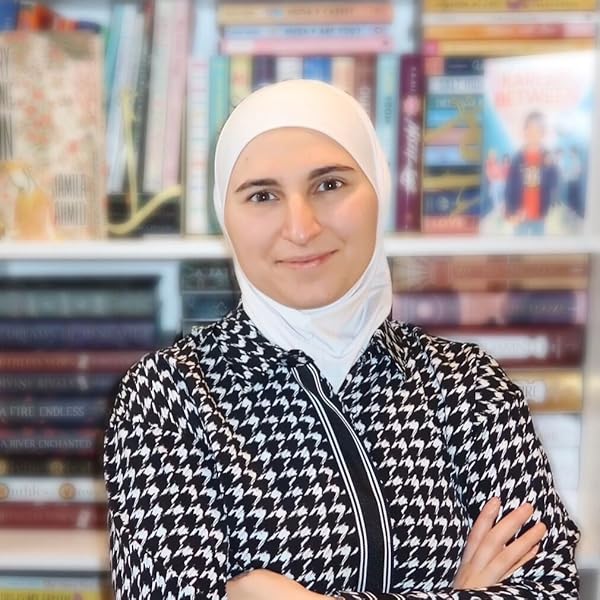
by Michele Kirichanskaya | Dec 13, 2024 | Blog
Shifa Saltagi Safadi is the author of Kareem Between and several picture books, including The Gift of Eid. She has a bachelor’s degree in English literature, teaches ELA at a local middle school, and reviews Muslim books on her blog, Muslim Mommy Blog. Shifa was born...
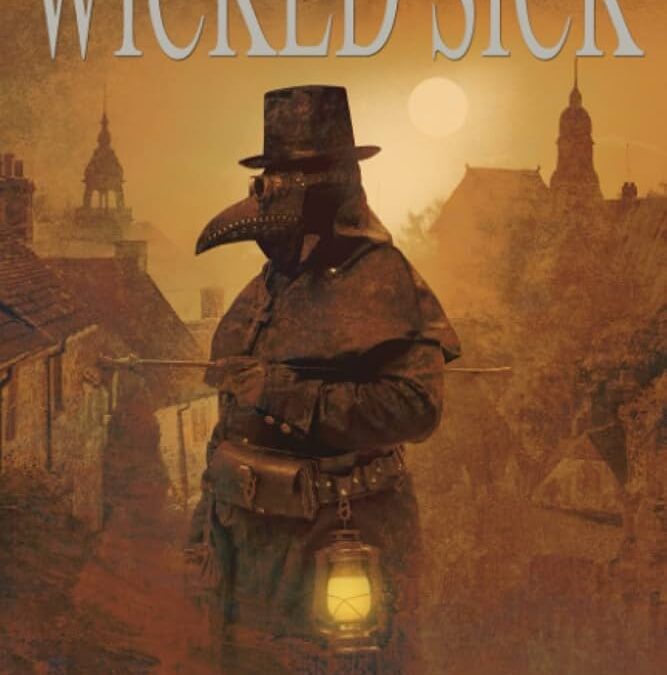
by Alexa Goodrich-Houska (she/they) | Dec 11, 2024 | Blog
Spoiler Free Review Have you ever wished as a younger person you had listened to that one good piece of advice form a parent or mentor? As we age, most of us will have to unfortunately deal with facing our own mortality as our parents age, and we become the...
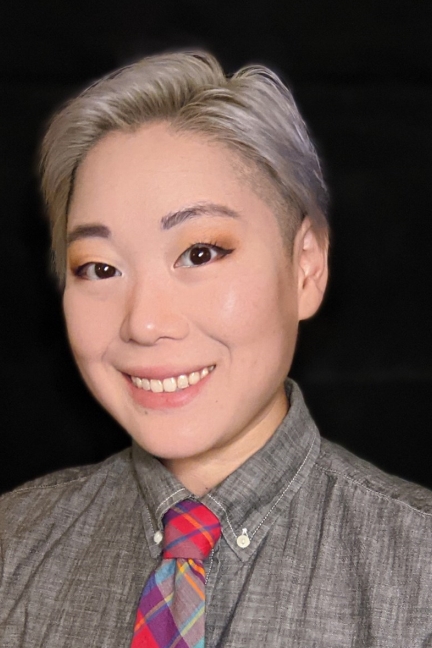
by Michele Kirichanskaya | Dec 6, 2024 | Blog
Sarah Myer is an Eisner-nominated comic artist, writer, and colorist whose work has been published by Macmillan/First Second Books, IDW Publishing, Dynamite Comics, VIZ Media,Good Trouble Comics, and Little Red Bird Press. Throughout their career, they’ve...
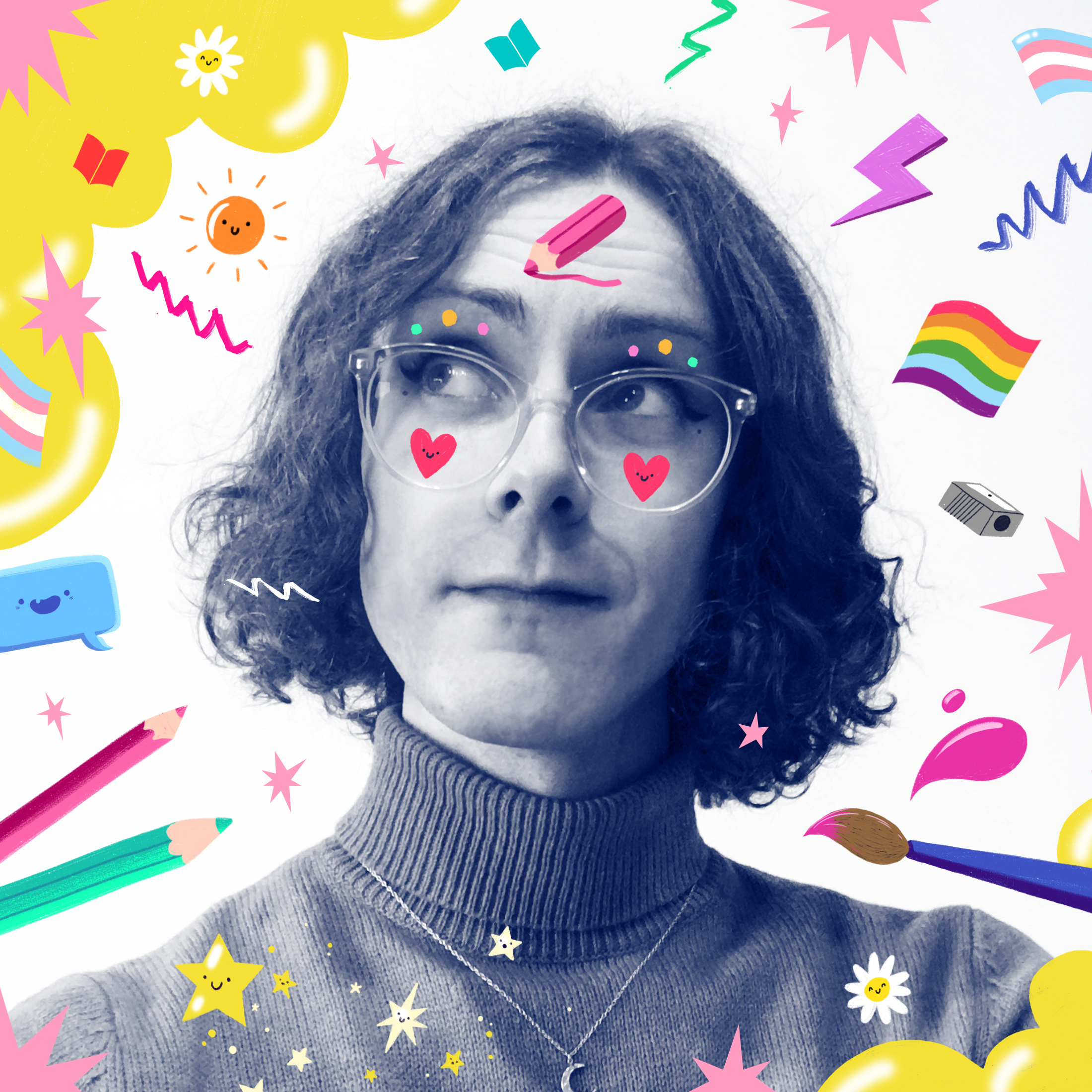
by Michele Kirichanskaya | Dec 4, 2024 | Blog
Harry Woodgate (pronouns: they/them) is an award-winning author and illustrator who has worked with clients including National Book Tokens, Google, The Sunday Times Magazine, Harper Collins, Simon & Schuster, Walker Books, Knights Of, Andersen Press, Bloomsbury,...
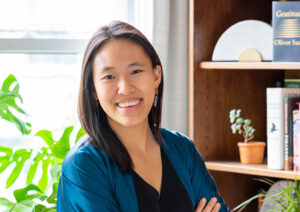
by Michele Kirichanskaya | Nov 29, 2024 | Blog
Julie Leong is a Chinese-Malaysian-American fantasy author who grew up across both New Jersey and Beijing, China. She studied economics and political science at Yale and works in tech, but she has always nurtured a deep love for sci-fi/fantasy beneath her corporate...







